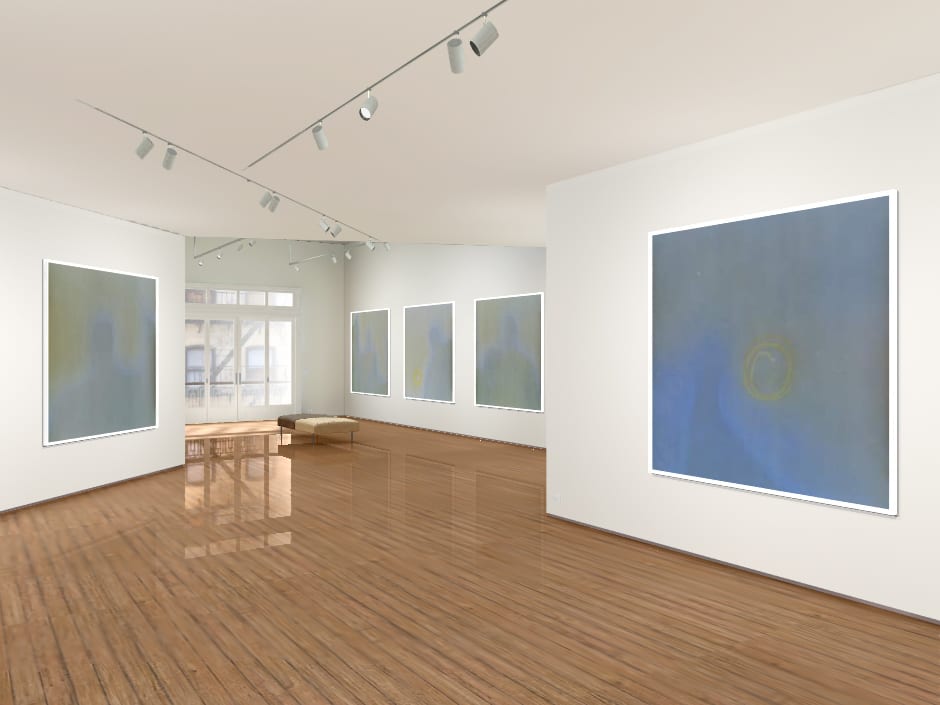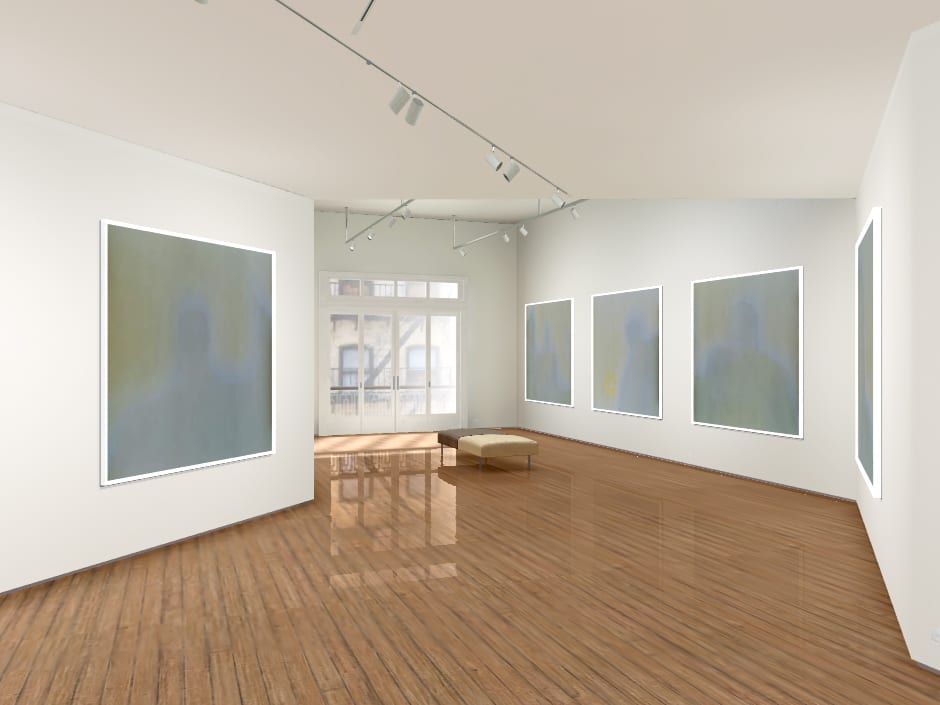British-Thai Tuck Muntarbhorn is an artist, curator and contemporary art collector. We speak with him about how his approach to life underpins his art practice.
A: What is the process behind the Transparent Bodies series that we see here?
TM: Transparent Bodies was manifested through my drive to capture the essence of Buddhism in Thailand and Myanmar. For this reason, I visited and spent time photographing Buddhist temples and spiritual locations in both countries.
Once I find an object that touches my heart, I focus on a composition and take a photograph with my film camera. How I take a photograph is best elaborated by a former curator at the V&A, Andrew Spira: “the long exposures that each one involves create an empty or surrendered space, such that the process itself is ultimately left to ‘grace'”.
The film negatives are then developed, scanned and printed as colour positive and negative photographs. As Matisse would “reduce objects to their essential shapes”, I desire to reduce these sacred objects to their essential shapes, so that their source – their infinite presence and luminosity – shines through. Transparent Bodies is a selection of photographs from these spiritual locations that resemble a body.
A: You were the first Thai art collector to curate and produce an exhibition in the UK. In your 2016 London exhibition, A Return To Peace, the use of the space seemed to have great importance in relation to the theme of the exhibition. How important is negative space or “ma” in your curation work and how does it relate to your spirituality?
TM: “Ma” or the “gap” – in particular the gap between duality is the essence of my artistic practice, curatorial work and life itself. It is the borderless, empty, colourless place where duality collapses to non-duality. In between two thoughts, feelings, sensations or perceptions we experience what we call love – the recognition of our shared being.
In this “in between” we naturally make decisions from our deepest love and understanding, free of blame, judgement, criticism, guilt, greed, etc. As Rupert Spira says: “It is the place we stand in love with the other.” I curate/take care of objects (mainly works of art) or human beings with this understanding – this was the case with all the artworks and the two dancers from Company Wayne McGregor in A Return To Peace.
A: To what extent does the way you dress express what you wish to say about your art?
TM: It was Hans Ulrich-Obrist who introduced me to the Latin etymological root of the word curate: curare. It was dressing myself from my deepest love and understanding that allowed me to learn how to sculpt, take care of my body and how it could be beautiful to do so – it’s a very intimate process. From this understanding, I learned that a good garment reveals rather than hides the body in the same way that the purpose of objects is to reveal rather than hide their source. I make art that draws the mind away from an objective experience, back to its formless, unlimited, shared source. The experience with such a work of art is known as beauty.
A: In 2009, you co-founded the semi-couture label, Busardi, and you oversee the label’s operations. What challenges do you find in working in a creative business (balancing the “creative” with the “business”)? Do these challenges inform how you work as an artist?
TM: The word “creative” for me implies the unlimited, whereas the word “business” implies the limited (fundamental economics teaches us that resources are limited and have to be allocated efficiently).
The challenge for me is holding unlimited creativity within the confined space of the limited resources of the sole trader (the artist). This challenge does not inform how or why I make my art, but rather the limited resources causes a delay to the work of art manifesting in the desired form. For example, a film negative that has been developed and scanned may be not be printed, framed and hanged due to limited resources. Patience and trusting the process of life becomes my disciplinary practice.
A: You are currently based in the UK and Thailand – how does living in these dual environments affect your work?
TM: It allows me to make art that is naturally less ignorant about the spiritual nature of both countries and their continents.
A: You host and run the The London Spiritual Network – what is it and what does it mean for you and the other participants?
TM: First of all, I define spirituality as “being aware living.” The motto for The London Spiritual Network is “contemporary spiritual conversations”. In other words “being aware living” conversations in the context of 2017. We naturally make spirituality accessible, cool, practical and meaningful which results in demographics of men, women and gender-neutral individuals aged 20-45, mainly made up of those who identify themselves as “spiritual but not religious.”
Our current meetings take the form of “sharing circles” where individuals have an equal chance to share their experiences of “being aware living”, of their challenges and to also define keywords in spirituality from their own experiences.
A: Your recent TEDxSOAS talk was entitled Perception: How Does The World Treat You? You have noted that “perception is a result, not a cause.” What do you mean by this?
TM: Perception (sensory experience) of the world is a result of how you treat yourself. For example, your perception (sensory experience) of the world judging you is a result of how you are judging yourself. Your perception (sensory experience) of the world judging you is not the cause of you judging yourself. This statement is a head-spinner and wasn’t used on the day of my talk. Instead, I used the words: “how you treat yourself is how you treat the world and how the world treats you.”
A: What projects are you working on currently?
TM: I am currently working on a solo exhibition of the Transparent Bodies series.
A: Andrew Spira notes “Muntarbhorn is a young artist. He is riding a rising wave.” How do you see your art practice developing over the next few years?
TM: My artistic practice has been dedicated to photographing symbols of spirituality and religions of the world through the process of abstraction – to allow nature’s light (as it enters my camera) to visually and experientially reveal the unity of mind, matter and all faiths. I intend to have a selection of my works displayed in one room for individuals to experience the collapse of the notion of separation between each and every faith or path.
Thus far, I have been riding a rising wave – having found my authentic voice in art when photographing the essence of Abrahamic religions and Buddhism for the most part. I look forward to capturing the spiritual essence of India, Africa and ancient civilisations across the world. My artistic practice is developed in alignment with my spiritual understanding of the world.
Credits:
1. Selected works from the Transparent Bodies series.








